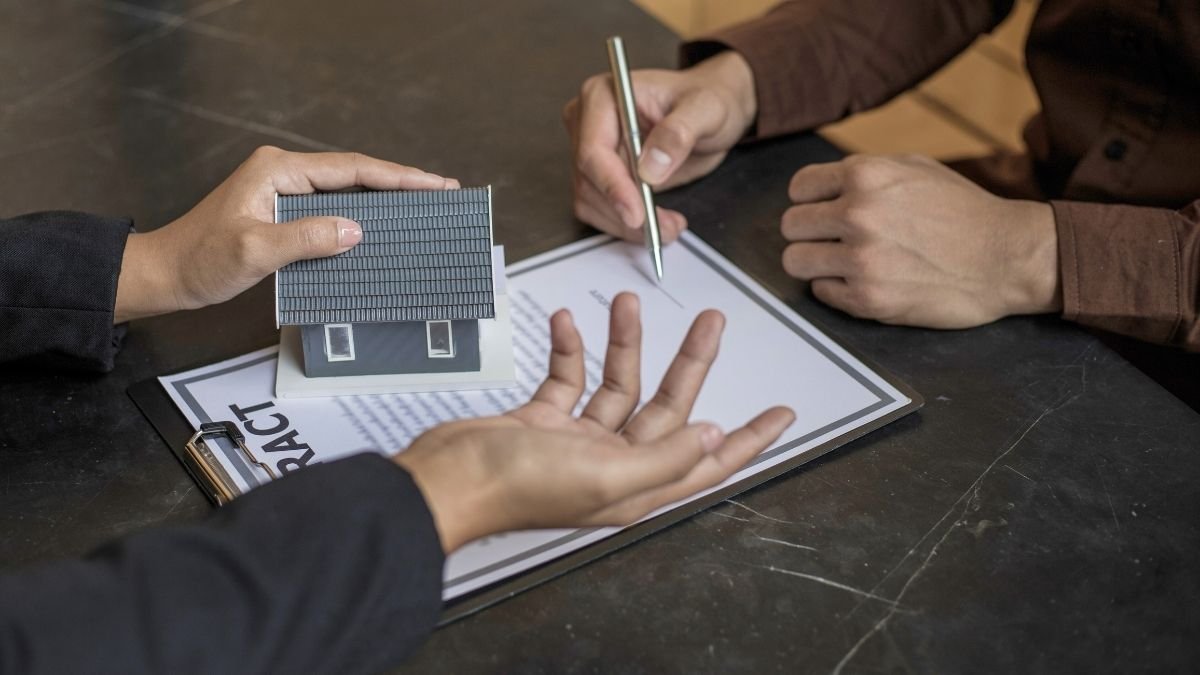
Money management is one of those topics that can either be your best friend or your worst enemy. If you’re not careful, it can drain your wallet of cash you didn’t even know you were losing. We’re talking about the little things you do (or don’t do) with your banking habits that add up to a shocking $1,200 a year.
That’s a new phone, a nice vacation, or even a chunk of your emergency fund gone without you barely noticing. But don’t worry, this isn’t about making you feel guilty for your financial missteps. It’s about shining a light on the sneaky ways money slips through the cracks and giving you the tools to plug those leaks.
Paying Avoidable Fees

Those pesky little charges that show up on your statement like uninvited guests at a party. They might seem small, but they can really add up. Take overdraft fees, for example. According to a study by the Consumer Financial Protection Bureau, these can average around $35 per occurrence.
If you’re someone who accidentally overdrafts three times a month (it happens, we’ve all been there), that’s $1,260 a year. Ouch. And let’s not forget about ATM fees. Using an out-of-network ATM once a week at $3 a pop might not seem like much, but that’s another $156 a year. Before you know it, you’ve lost hundreds of dollars just because you weren’t paying attention.
So, how do you avoid this? First, find a bank that offers free checking accounts with no monthly maintenance fees. There are plenty out there, like Chime or SoFi, that don’t charge you just for having an account. Second, always use in-network ATMs.
Most banks have partnerships with other institutions or have their own network of ATMs. Take a few minutes to find one nearby instead of reaching for the first ATM you see.
Lastly, keep a close eye on your account balance. Set up alerts on your banking app to notify you when you’re running low on funds. This way, you can transfer money or hold off on purchases before you accidentally overdraft.
Preferring Brand Name Banks Over Service and Cost
We get it. There’s something reassuring about walking into a big, familiar bank branch. The shiny floors, the friendly tellers, the sense that your money is in “safe hands.” But let’s talk about what that really costs you.

Big banks like Bank of America or Wells Fargo might have a prestigious reputation, but they also come with higher fees and lower interest rates. Think about it: they’ve got massive overhead costs to maintain all those fancy branches and high-profile services. Guess who’s footing the bill? Yep, it’s you.
Don’t let brand loyalty blind you to better options. Credit unions and community banks often provide the same services with a fraction of the fees. And let’s be honest, how often do you really need to visit a physical branch these days?
Most transactions can be done through your phone or online. If you’re still skeptical, do a little research. Look up customer reviews and compare the fees and interest rates of different institutions. You might be surprised at how much you can save by switching to a smaller, more customer-focused bank.
Being Attached to Physical Branches
Speaking of physical branches, let’s talk about the convenience myth. There’s this idea that having a nearby branch is essential for banking. But here’s the thing: it’s 2023. Technology has made banking from your couch, your bed, or even your hammock possible.
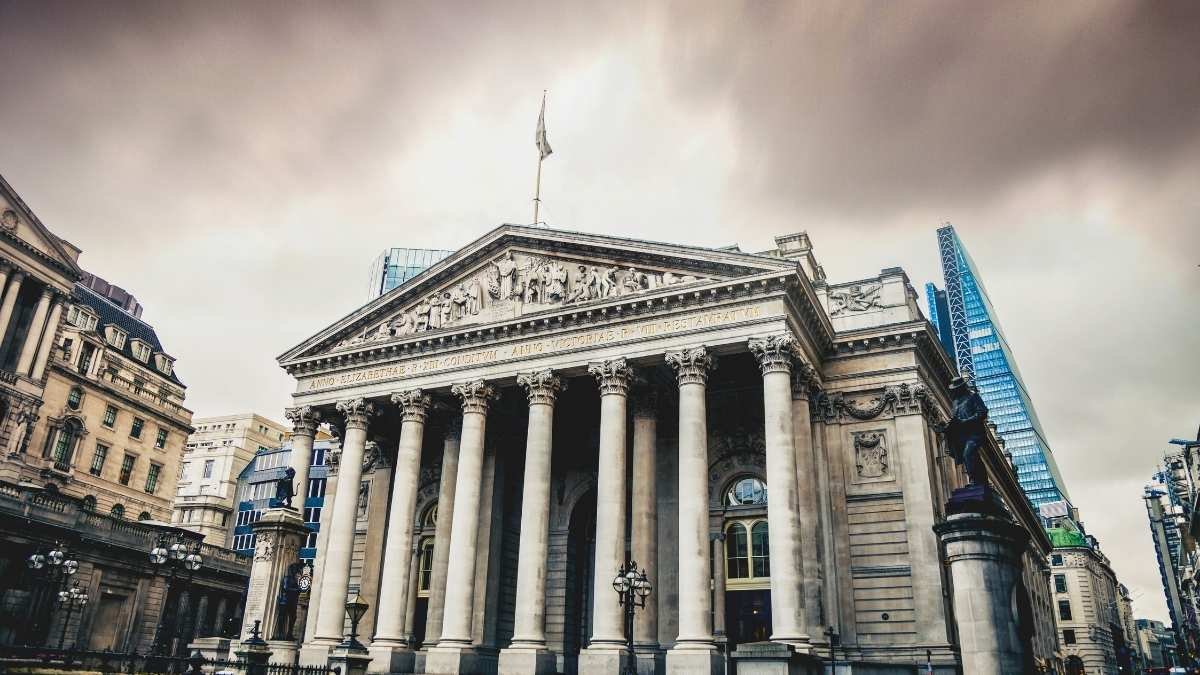
Physical branches are expensive to maintain, and guess who’s paying for that convenience? Again, it’s you, through higher fees and lower interest rates.
Online banks are the unsung heroes of the financial world. They don’t have the same overhead costs as traditional banks, so they can pass those savings on to you. Banks like Ally or Varo offer the same services as their brick-and-mortar counterparts but without the pesky fees. Plus, you can access your money anytime, anywhere.
Need to deposit a check? Snap a picture with your phone. Want to transfer money to a friend? A few taps on your screen and it’s done. And let’s not forget about the 24/7 customer support. No more waiting until business hours to resolve an issue. So, unless you absolutely need to visit a branch (and most of us don’t), consider making the switch to an online bank. Your wallet will thank you.
Settling for Low Interest Rates
Interest rates on savings accounts might seem like a minor detail, but over time, they can make a significant difference. Traditional banks with physical branches often offer notoriously low interest rates on savings accounts. We’re talking 0.01% to 0.05% APY. At that rate, you’d be lucky to earn $10 a year on a $10,000 balance.
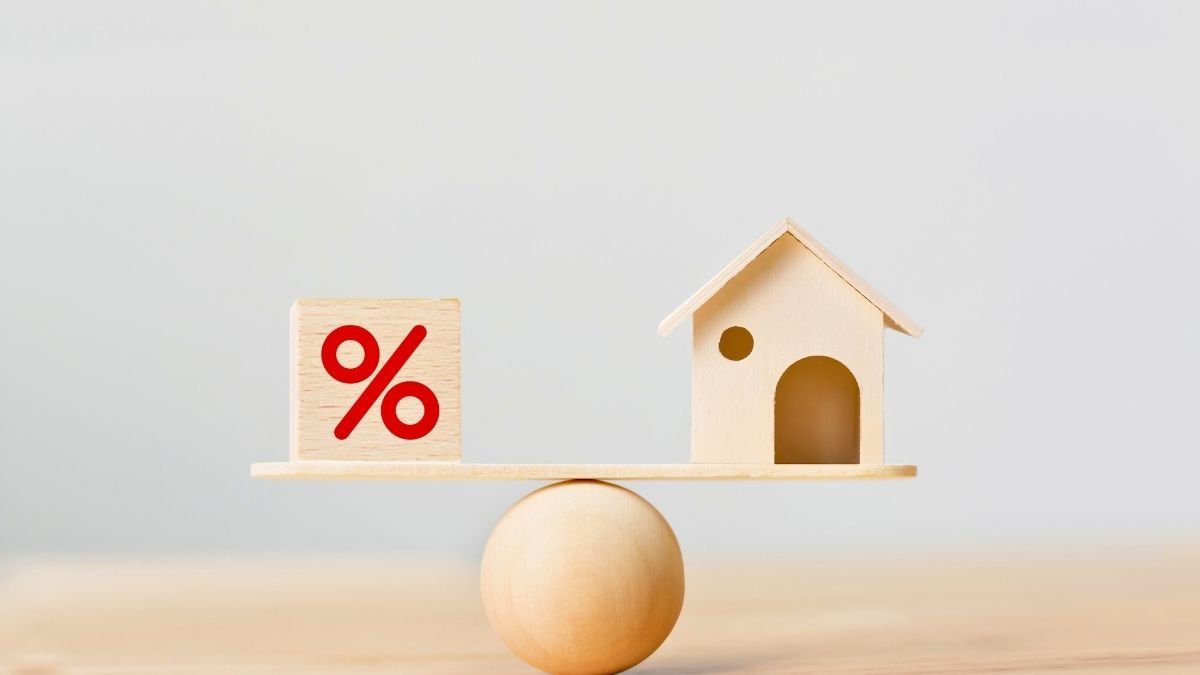
Meanwhile, online banks and credit unions are offering high-yield savings accounts (HYSA) with rates between 4.00% to 5.00% APY. On that same $10,000, you’d earn around $400 to $500 a year. That’s a massive difference.
So, why settle for less? Transferring your savings to a HYSA is a simple way to put your money to work. It’s like giving your savings a little boost without lifting a finger. And don’t worry about the safety of your money.
Most online banks are FDIC-insured, just like traditional banks. So, you’re not taking any risks by moving your funds. In fact, you’re doing the exact opposite. You’re making smarter financial choices. It’s like finding free money just by paying attention to where your savings are parked.
Failing to Regularly Review Account Statements
Life gets busy, and it’s easy to overlook the simple task of reviewing your bank statements. But this oversight can cost you. Unauthorized charges, billing errors, and suspicious activities can slip through the cracks if you’re not vigilant.
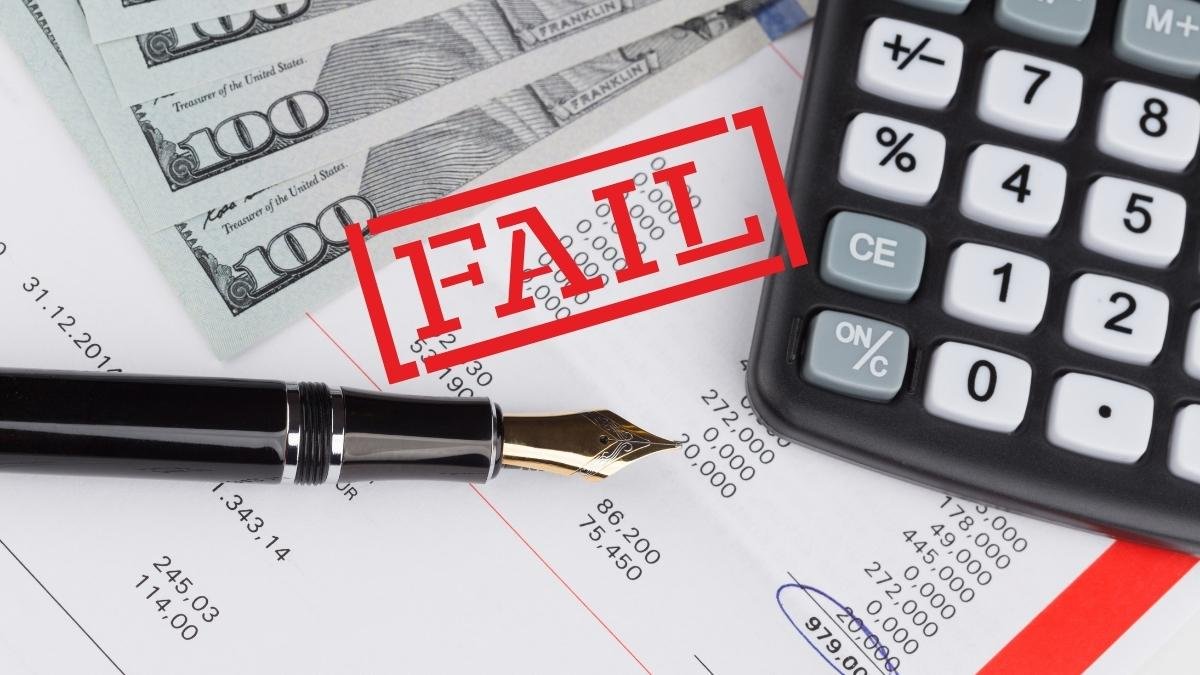
According to a report by Javelin Strategy & Research, identity fraud affected 42 million U.S. consumers in 2022, resulting in $52 billion in losses. While not all unauthorized transactions lead to such drastic losses, even small errors can add up over time.
Make it a habit to review your statements at least once a month. Set a reminder on your phone or calendar to go through each transaction. Look for any charges you don’t recognize and check for accuracy in regular subscriptions and payments.
If you spot something suspicious, contact your bank immediately. Most banks have fraud detection systems in place, but they can’t catch everything. Your proactive review is the first line of defense against financial mishaps.
Overlooking the Power of Compound Interest
Compound interest is one of the most powerful financial tools at your disposal. It’s the interest you earn on both your initial deposit and the interest that accumulates over time. But many people underestimate its potential and delay saving or investing, missing out on significant growth opportunities.

For example, if you invest $5,000 at an annual interest rate of 5%, in 10 years, you’d have over $8,144. That’s $3,144 earned just through the power of compounding. Wait 20 years, and that initial $5,000 would grow to over $13,266.
The earlier you start saving, the more time your money has to grow. Even small, regular contributions can make a substantial difference. If you’re in your 20s or 30s, now is the perfect time to harness the power of compound interest.
Open a high-yield savings account or start contributing to an investment account. Automate your savings so you consistently add to your balance. The longer your money works for you, the more significant the returns will be.
Using Credit Cards as an Emergency Fund
Emergencies happen when you least expect them—a car breakdown, a medical bill, or an unexpected home repair. Without a dedicated emergency fund, many people turn to credit cards to cover these expenses.
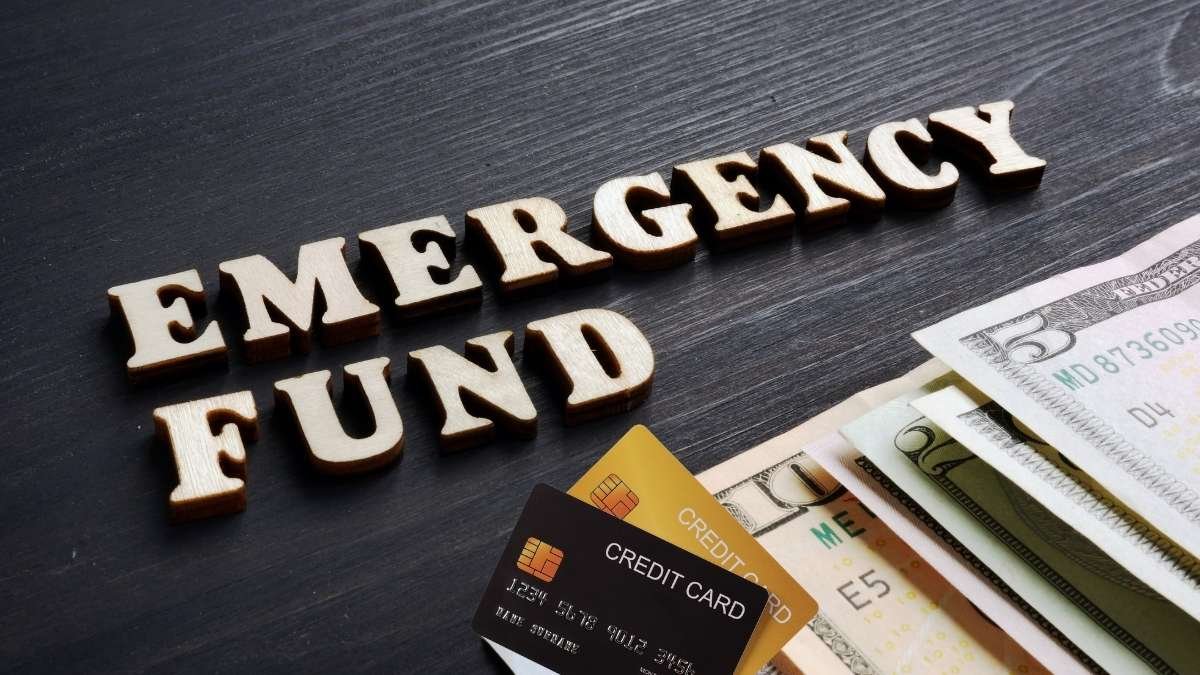
But relying on credit cards for emergencies can lead to a cycle of high-interest debt that’s difficult to break. The average credit card interest rate is around 21.47%, according to the Federal Reserve. If you charge a $1,000 emergency to a credit card with this rate and only make minimum payments, it could take years to pay off and cost you hundreds in interest.
Building an emergency fund is one of the wisest financial decisions you can make. Start small by setting aside a little each month. Even $50 or $100 a month can accumulate over time. Keep your emergency fund in a high-yield savings account where it can earn interest while remaining easily accessible. Aim for 3-6 months’ worth of living expenses. If you’re retired or on a fixed income, consider saving more to cover potential unexpected costs without resorting to debt.
Sticking with the Same Bank Out of Habit
Habit is a powerful thing, but when it comes to banking, it can cost you money. A survey by Bankrate found that the average U.S. adult has used the same primary checking account for 17 years.
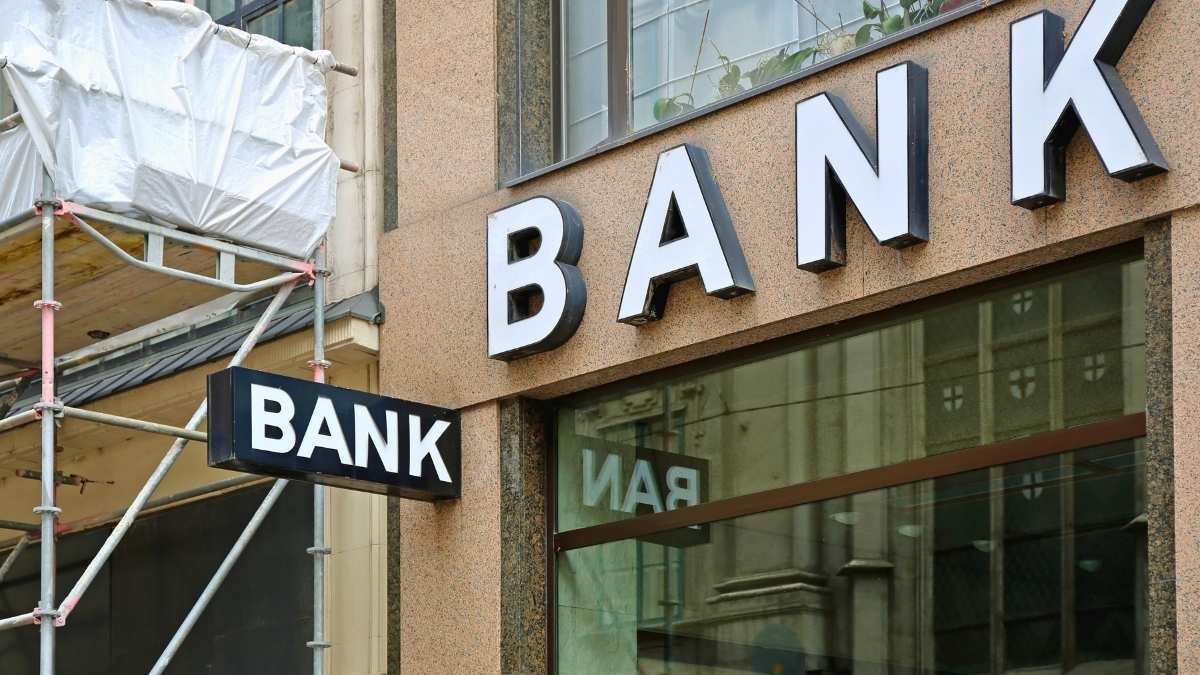
During that time, your financial needs and priorities likely changed, but your bank may not have evolved with you. Sticking with the same bank out of convenience can mean missing out on better deals, lower fees, and higher interest rates offered by other institutions.
Take some time to evaluate whether your current bank still meets your needs. Research other banks or credit unions that offer more favorable terms. Look for banks with no monthly fees, higher interest rates on savings accounts, and better customer service.
Switching banks might seem like a hassle, but with the right preparation, it can be a smooth process. Transfer your accounts, update your direct deposits, and ensure you have access to your funds during the transition. Your financial well-being is worth the effort.
Not Taking Advantage of Bank Promotions and Perks
Banks often offer promotions and perks to attract new customers and reward loyal ones. These can include sign-up bonuses, cashback rewards, referral incentives, and exclusive discounts.

But many people overlook these opportunities, leaving money on the table. For example, a bank might offer a $200 bonus for opening a new checking account and setting up direct deposit. Or a credit card might offer 5% cashback on all grocery purchases for the first three months.
Stay informed about the promotions available at your bank and others. Sign up for your bank’s newsletter or follow them on social media to get updates on current offers. Evaluate whether these promotions align with your spending habits and financial goals.
If a credit card offers rewards for dining and travel, and you frequently eat out or plan to travel, it might be worth applying. Just be mindful of any associated fees or requirements and ensure the benefits outweigh the costs.
Failing to Optimize Health Savings Accounts (HSAs)
If you have access to a Health Savings Account (HSA), you have a powerful tax-advantaged tool at your disposal. HSAs allow you to save for qualified medical expenses with tax-free growth and withdrawals.

But many people underutilize their HSAs by not contributing the maximum allowed or by not investing the funds wisely. For 2023, the maximum HSA contribution is $3,850 for individuals and $7,750 for families. By not maximizing contributions, you’re missing out on significant tax savings and potential investment growth.
Treat your HSA as a long-term investment vehicle. Contribute as much as you can afford, up to the annual limit. Invest your HSA funds in a mix of stocks, bonds, and other assets based on your risk tolerance and financial goals. As you get older and your medical expenses increase, having a well-funded HSA can provide peace of mind and financial security. Consult with a financial advisor to develop an investment strategy tailored to your situation.
Conclusion
It’s easy to fall into the trap of banking habits that cost you money without even realizing it. But with a little awareness and a few simple changes, you can avoid these common mistakes and keep more of your hard-earned cash in your pocket.
By being mindful of fees, questioning brand loyalty, embracing online banking, and seeking out better interest rates, you’re taking concrete steps toward a more secure financial future.
Always remember, every dollar you save is a dollar you can put toward what truly matters to you—whether that’s paying off debt, building an emergency fund, or saving for a big goal. Your future self will definitely thank you.



